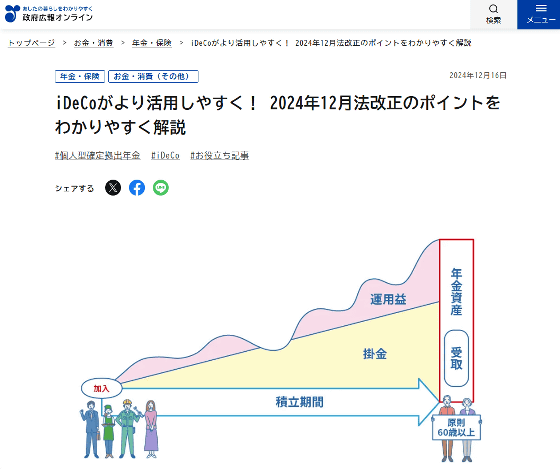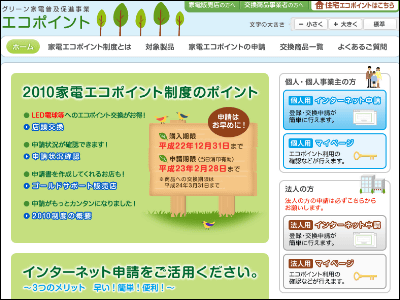What is the American private pension system '401(k) plan'?

In the United States, it is common to use not only public pensions but also private pensions such as 401(k) plans. Thatch, which deals with financial products for businesses, explains the history of the creation of these pension systems on its official blog.
From promises to portfolios: How 401(k)s replaced pensions in America | Thatch Blog
https://thatch.ai/blog/promises-to-portolios
The American pension system is said to have started with a corporate pension plan introduced by American Express in 1875. Later, by the 1920s, large companies such as US Steel and AT&T introduced corporate pensions, but the benefits of these pension plans were limited to employees of some large companies, and most Americans lived their retirement years relying on personal savings and family support. Around 1930, there were approximately 2.7 million pension plan subscribers, which was only about 10% of the total American workforce.
In most companies that had introduced corporate pensions, the employer paid 100% of the contributions. However, when the Great Depression occurred in 1929, it became difficult to maintain the traditional pension system, and companies asked employees to pay part of the contributions or abolished corporate pensions altogether. In the midst of this, the Franklin Roosevelt administration enacted the Social Security Act as part of the New Deal policy, establishing a government-led pension system.

After World War II began, wages in the United States were fixed due to price controls to curb inflation. As a result, companies began to appeal to employees with benefits other than cash benefits, such as health insurance and corporate pensions, and corporate pension systems spread rapidly. By the 1970s, corporate pensions had become common, but there was also the problem of worker mobility being restricted by a system in which workers could no longer receive their corporate pension if they changed jobs.
In order to ensure worker mobility, the US government enacted the Employee Retirement Income Security Act (ERISA) in 1974, introducing the Individual Retirement Account (IRA) , which allows individuals to hold accounts at financial institutions and save for pensions while receiving tax benefits. IRAs were welcomed by employees as a system that allowed them to save for retirement benefits independent of their employers, but the tax benefits for IRAs were limited.
In the midst of this, in 1978, a provision was added to Section 401(k) of the Internal Revenue Code stating that if a portion of one's salary is contributed to a company pension plan, taxation can be deferred until the time of receiving the pension. Based on this provision, Ted Benna, an employee benefits expert, came up with a fixed contribution pension plan in which employees contribute a portion of their salary as contributions and the company also makes additional contributions. This plan is called a '401(k) plan' based on the provisions of the law on which it was based.
401(k) plans gained huge popularity, and many companies adopted them. By the mid-1980s, millions of workers were enrolled in plans. In 1986, President Ronald Reagan introduced the Federal Employees Retirement System (FERS), which offered 401(k) plans to federal employees, and participation in 401(k) plans spread to both the public and private sectors.
Japan has also introduced systems such as corporate DC and iDeCo, which offer tax benefits similar to 401(k) plans. In December 2024, a legal amendment was implemented to raise the upper limit of iDeCo contributions.
iDeCo becomes easier to use! An easy-to-understand explanation of the key points of the December 2024 legal reforms | Government Public Relations Online
https://www.gov-online.go.jp/article/202412/entry-6825.html

Related Posts:
in Note, Posted by log1o_hf






